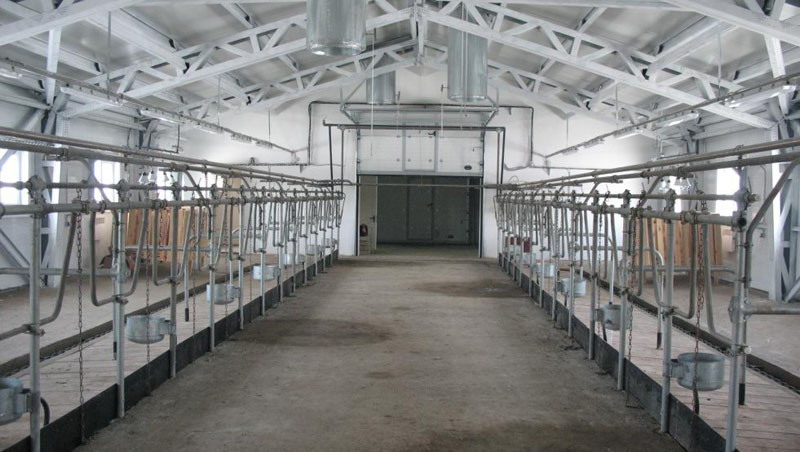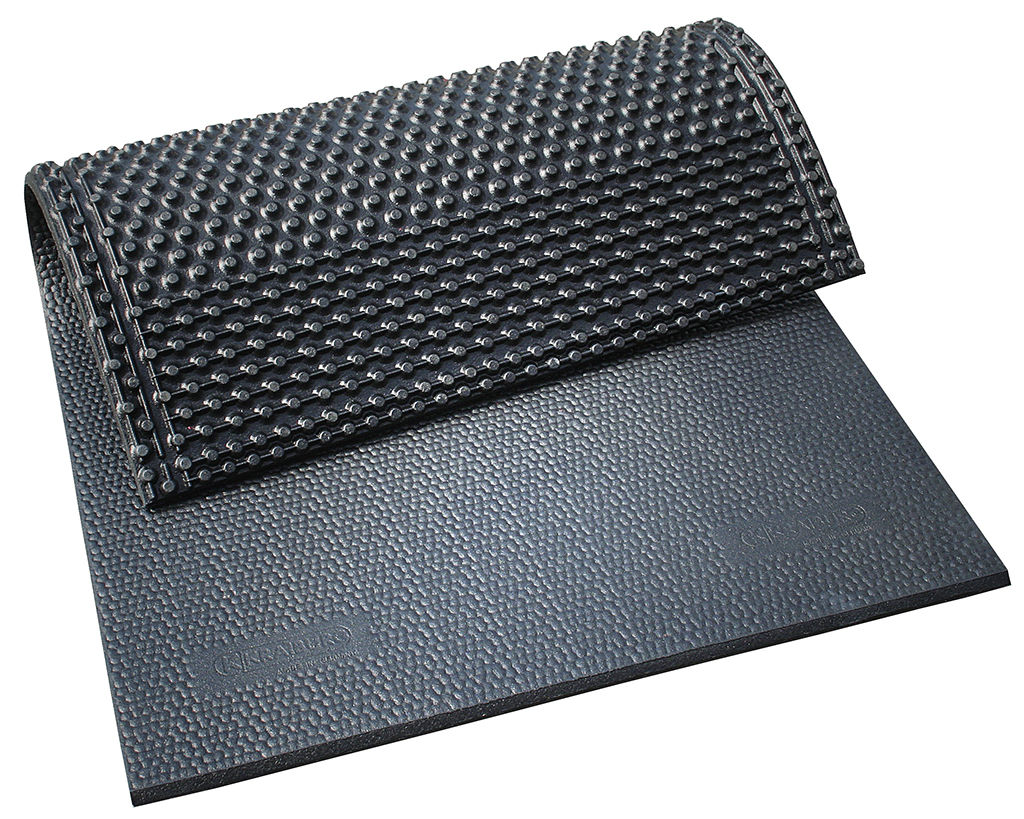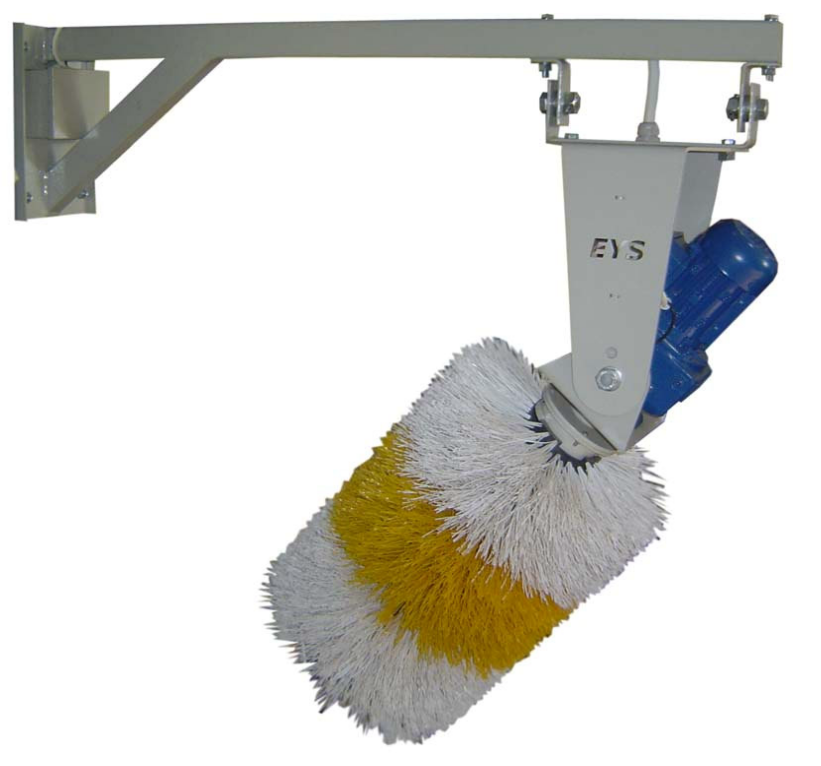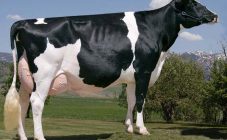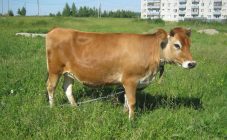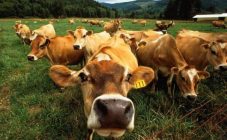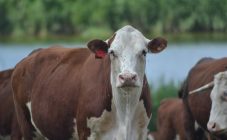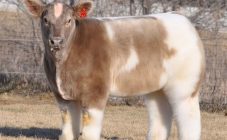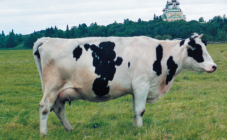Content:
A cattle farm is the dream of almost every villager. Breeding cattle is a lucrative business. You can start a business with 10 cows and go up to 100 or more. The problem may also be the lack of material resources. But it's still worth getting a farm if you have a goal and love for rural work. To do this, you need to purchase the necessary equipment, as well as to build corrals correctly.
What you need to create a mini-farm
A cow farm provides a good income. Initially, it is worth buying a few dairy cows. Then the number of cows and bulls will grow, increasing the profitability of the business.
A cow farm for 30 heads requires solving the following issues:
- find a place for a barn;
- buy or lease land;
- purchase the necessary tool;
- buy the first cows and bulls;
- organize the care of each animal;
- keep the barn clean;
- remove manure.
Where will the money go:
- building materials;
- construction (hiring people if you can't do everything with your own hands, for example, building a roof, where you can't cope alone);
- purchase and delivery of animals;
- labor force (for 1-2 cows the farmer will be able to remove, but when there are 10 of them, it is unlikely);
- feed;
- veterinary services.
Where will the income come from:
- milk and dairy products can be taken to a store or market;
- beef is in great demand in the city;
- skin;
- bulls and heifers;
- manure;
- mating with a breeding bull.
Barn requirements
For a livestock farm and a cowshed, a good and spacious room is essential. It should be dry, clean and warm. The height of the walls according to the requirements should not be lower than 2.5 m, and the roof - 3.5 m up to the ridge. You also need to establish ventilation in the room, as well as make the windows higher than the cow's heads so that it is light in the barn.
By observing these rules, you can achieve a good profit, since it does not depend on the season. The owner must monitor the cows, milk them, raise them for meat, sell the skins, which will ensure material stability, because there is always a demand for these products. You can increase your income by expanding the farm.
Farm design
For a mini cattle farm for 50 heads, you can build a frame or frameless building. In the first case, you will need to take:
- brick;
- cinder blocks;
- concrete slab.
For the second option, you will need to build a room of metal, which in structure resembles a hangar. Its construction is more economical, but one of the disadvantages is the lack of ventilation.
Having chosen this or that option, you can start building. To build a brick building, you will need to lay a massive foundation. If the walls are made of frame or wood, then the base can be lightweight. The roof should be gable, the ridge should be brought out higher. Hay and inventory will be stored on the top floor.
The ceiling is best done using a thick board. If the region where the farm is located is cold, then the flooring should be double. The joints are sealed with clay. Heat is retained with sawdust or sand, the layer of the embankment should be at least 10 cm.
Indoors, you need to build stalls 170 × 110 cm.For this, you should take:
- board;
- fittings;
- log;
- timber;
- metal pipe.
The center of the barn should be wide so that staff can easily pass.
Building permit
The easiest option is to hire a construction company to do everything on a turnkey basis. The only thing you need to pay attention to is the terms of the contract. You should contact only professionals so that you do not have to rebuild. You also need to take into account the requirements of the environmental, sanitary and fire services.
To obtain permission, the customer must send an application and documents to the management bodies:
- a diagram of the plot of land on which the object will be located, where the sites of archaeological heritage, if any, should be indicated;
- scheme of the land plot where the object will be located up to the red line;
- information regarding engineering equipment, where a site plan will be indicated with the connection of the facility to engineering and technical support.
You need to provide:
- statements;
- documents on the right to use the site;
- project of an architectural structure.
How to keep livestock loosely
The commercial farmer takes care of his livestock. If you use the loose-fitting method in a hangar, then the building should:
- connect to the water supply and electrical network;
- contain special devices that control the well-being of animals, the microclimate in the room;
- be with an area of at least 1000 m²;
- the height of the room must be higher than 6 m;
- for 50 cows, the size of the hangar should be 15 × 70 m.
In the first case, milk must be collected, and then poured into containers; in the second, a place for butchering livestock will be required.
With the loose method of obtaining milk, when the cows have free access to the feeder, and can also walk, milking takes place in a special room. The main technology of milk intake is carried out in:
- boxing;
- combo box;
- on a deep litter that does not change.
Among the advantages are:
- high efficiency;
- improved working conditions;
- good handling of livestock.
Cons:
- animals become just a herd, without nicknames;
- they fight for food and water, fight;
- the amount of feed consumed increases;
- additional requirements are imposed on animals.
For loose cow housing, the following conditions must be met:
- to provide separate keeping of livestock;
- to exclude the disorderly movement of milked and non-milked cows;
- to ensure the passage of milked animals for a walk or to a feeding trough.
How to keep livestock using the tethered method
This method guarantees increased milk yield and faster weight gain for the animals. The cattle stands in its own compartment, which has an area of up to 2.5 m². Here she lies, relieves her natural needs, has access to the feeding trough. Almost all large farms use this method.
The disadvantage is the need to increase the workforce to feed the animals, clean up after them, as well as veterinarians to monitor the health of the animal, since sedentary cattle develop chronic diseases.
Pros:
- animals do not collide and are not injured;
- each cattle receives as much feed as needed, the stronger animal does not eat the weaker one;
- feed consumption is reduced by 10%, which is beneficial for the farmer;
- it is easier for veterinarians to monitor each animal;
- the cow gives 20% more milk, and the calf gains weight 15% faster;
- milking cows is easier.
A collar is put on the cow when tethered. For milking, an installation with a milk pipe or portable buckets is used. The first case is designed for milking 3 cows at once, and the second - 2.
There is a standard milking method in a dedicated milking parlor. In this case, the cows have an automatic leash, but can also be semi-automatic. So the productivity of milk production is doubled.
Applied equipment
The following devices should be provided on the farm:
Rubber mats
Rubber mats for cattle are cheaper than polymer mats for cattle, and the quality leaves much to be desired. They are not shock-absorbed, they do not protect the cow from the cold well.
At the same time, a rubber mat for barns has a number of advantages:
- does not deform;
- serves for 2-3 years;
- safe from the point of view of ecology;
- the animal does not slide on it, which means it is not injured.
For cows, the rubber mat is sold in different sizes: 120 × 180 and 90 × 160 cm. Its weight is up to 25 kg. There are mounting holes in the barn. Thanks to a special tape, manure and urine do not get under it.
Bacterial litter
Animals like to lie on the bacteria-laden cow bed. It is irreplaceable, serves for a year and a half. Reduces costs for the farmer, as fewer employees are required to care for the livestock, and there is no need to add straw or sawdust.
Thanks to the bedding, the cow receives ammonia, and pathogenic bacteria take care of the health of the livestock. Due to this composition, the animal feels good, does not get sick, microbes on the litter do not breed.
Comb and brush
Thanks to the cow comb, the animal feels happy and even produces 3.5% more milk. The brush also helps to keep the animal clean.
Headlocks
Cow headlocks are essential on a modern cow farm. The parts of the tool are made of plastic, so there is no slamming noise.
Drencher
Using a cow drencher allows workers to pour liquid into the animal quickly and efficiently. With this device you don't have to carry buckets of water. You just need to bring the hose to the mouth of the cattle.
Stun gun
Thanks to this tool, you can neutralize a mad cow for a while. But it is worth remembering that a stun gun is not suitable for a bull. So close the animal will not let you.
How to transport a cow
If the farm was built in a new place, far from the old one, then the farmer will have another question: how to deliver the existing herd to the premises. To do this, you will have to hire freight transport (Gazelle, ZIL, MAZ, Kamaz with a low side). Two people will have to bring cows from the yard into the back: one pulls the leash, and the second drives it from behind.One car, depending on the size, can transport from 3 to 5 heads. At the new place, you need to take the animals out of the body together as well.
That's all about the cattle farm! An agricultural business requires a lot of time, money and effort. But, having invested them in the beginning, further the cows will bring good profit from the production of milk, meat and manure.

